Several Thoughts on the Training of Transportation Guarantee Talents
DOI: 10.23977/jhrd.2024.060115 | Downloads: 15 | Views: 999
Author(s)
Jie Ai 1, Guiming Chen 1
Affiliation(s)
1 Xi'an Research Institute of High-Tech, Xi'an, China
Corresponding Author
Jie AiABSTRACT
Transportation guarantee can provide efficient and reliable transportation results for logistics transportation, but currently, transportation guarantee talents are scarce, and it is necessary to cultivate transportation guarantee talents. This study comprehensively considers the performance of knowledge, skills, and comprehensive abilities, adopts multiple evaluation methods and indicators, and combines practical applications and performance evaluation to evaluate the effectiveness of transportation guarantee talent cultivation. In the evaluation process, there are difficulties such as subjectivity, diversity, applicability, and resource limitations. To overcome these difficulties, a comprehensive evaluation is conducted to better understand the knowledge, skills, and abilities of trainees in the field of transportation support, and targeted feedback and improvement suggestions are provided to further improve the quality and effectiveness of talent cultivation. The results show that the training method in this article can enable students to achieve a maximum of 100 points in transportation professional knowledge, and can also shorten the completion time of students in transportation projects.
KEYWORDS
Talent Cultivation, Transportation Guarantee, Principles of Logistics Management, Transportation PlanningCITE THIS PAPER
Jie Ai, Guiming Chen, Several Thoughts on the Training of Transportation Guarantee Talents. Journal of Human Resource Development (2024) Vol. 6: 108-114. DOI: http://dx.doi.org/10.23977/jhrd.2024.060115.
REFERENCES
[1] Yang Min, Chen Jun, Xu Yinghong. The transformation and upgrading of the new transportation engineering talent training system driven by the transportation powerhouse. Journal of Southeast University (Philosophy and Social Sciences Edition), 2021, 23(S01):158-160
[2] Zhang Shibo, Peng Yiqiang, Sun Renyun, Zeng Chuanhua, Luo Jian, Xu Yanhai. Research on the training model of transportation talents in the context of the strategy of a transportation powerhouse--Taking Xihua University as an example. Journal of Higher Education, 2022, 8(6):164-167+171
[3] Qiu Xin, Liu Heyin, Tong Weifeng, Wu Jinhong, Cui Xueping. Research on the training model of high-quality undergraduate talents in the field of transportation in Zhejiang Province. Journal of Higher Education, 2022, 8(1):148-151
[4] Jiang Huifu, Zhou Wei, Zhang Guosheng. The current situation and development trend of emergency transportation security technology and equipment for natural disasters. Transportation energy Saving and environmental protection, 2023, 19(1):91-94
[5] Wang Jianxiong, Yan Zhiyuan, Zhang Yingdan, Li Zhenyi. Research on intelligent high-speed railway passenger transportation security technology based on multi-modal information fusion. Railway transportation and Economy, 2023, 45(2):47-53
[6] Lv Z, Zhang S, Xiu W. Solving the security problem of intelligent transportation system with deep learning. IEEE Transactions on Intelligent Transportation Systems, 2020, 22(7): 4281-4290.
[7] Azmy A. The effect of employee engagement and job satisfaction on workforce agility through talent management in public transportation companies. Media Ekonomi Dan Manajemen, 2021, 36(2): 212-229.
[8] Shao H, Wang Z. Spatial network structure of transportation carbon emission efficiency in China and its influencing factors. Chinese Journal of Population, Resources and Environment, 2021, 19(4): 295-303.
[9] Gupta A, Afrin T, Scully E, et al. Advances of UAVs toward future transportation: The state-of-the-art, challenges, and opportunities. Future transportation, 2021, 1(2): 326-350.
[10] Turaev S A, Rakhmatov S M O. Introduction of innovative management in the system of passenger transportation and automated system of passenger transportation in passenger transportation. Asian Journal of Multidimensional Research, 2022, 11(3): 34-38.
[11] Haydari A, Yılmaz Y. Deep reinforcement learning for intelligent transportation systems: A survey. IEEE Transactions on Intelligent Transportation Systems, 2020, 23(1): 11-32.
[12] Gamel S A, Hassan E, El-Rashidy N, et al. Exploring the effects of pandemics on transportation through correlations and deep learning techniques. Multimedia tools and applications, 2024, 83(3): 7295-7316.
[13] Xiao G, Xiao Y, Ni A, et al. Exploring influence mechanism of bikesharing on the use of public transportation—A case of Shanghai. Transportation Letters, 2023, 15(4): 269-277.
[14] Cullen D A, Neyerlin K C, Ahluwalia R K, et al. New roads and challenges for fuel cells in heavy-duty transportation. Nature energy, 2021, 6(5): 462-474.
[15] Tirachini A, Cats O. COVID-19 and public transportation: Current assessment, prospects, and research needs. Journal of public transportation, 2020, 22(1): 1-21.
[16] Lv Z, Lou R, Singh A K. AI empowered communication systems for intelligent transportation systems. IEEE Transactions on Intelligent Transportation Systems, 2020, 22(7): 4579-4587.
[17] Ellram L M, Tate W L, Saunders L W. A legitimacy theory perspective on Scope 3 freight transportation emissions. Journal of Business Logistics, 2022, 43(4): 472-498.
[18] Lv Z, Zhang S, Xiu W. Solving the security problem of intelligent transportation system with deep learning. IEEE Transactions on Intelligent Transportation Systems, 2020, 22(7): 4281-4290.
[19] Meng X, Gu A, Wu X, et al. Status quo of China hydrogen strategy in the field of transportation and international comparisons. International Journal of Hydrogen Energy, 2021, 46(57): 28887-28899.
[20] Suryadithia R, Faisal M, Putra A S, et al. Technological developments in the intelligent transportation system (ITS). International Journal of Science, Technology & Management, 2021, 2(3): 837-843.
| Downloads: | 8486 |
|---|---|
| Visits: | 272921 |
Sponsors, Associates, and Links
-
Information Systems and Economics

-
Accounting, Auditing and Finance

-
Industrial Engineering and Innovation Management
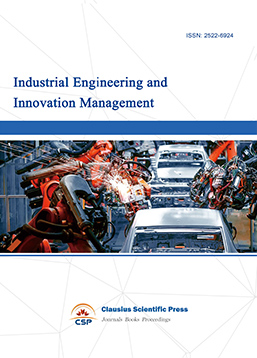
-
Tourism Management and Technology Economy

-
Journal of Computational and Financial Econometrics

-
Financial Engineering and Risk Management

-
Accounting and Corporate Management

-
Social Security and Administration Management

-
Population, Resources & Environmental Economics

-
Statistics & Quantitative Economics

-
Agricultural & Forestry Economics and Management
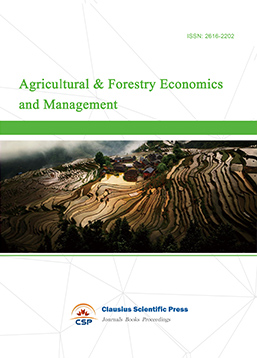
-
Social Medicine and Health Management
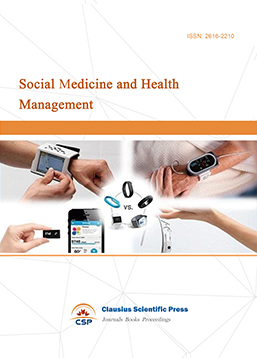
-
Land Resource Management
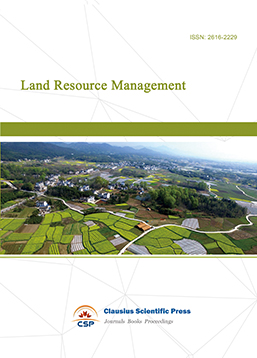
-
Information, Library and Archival Science

-
Manufacturing and Service Operations Management
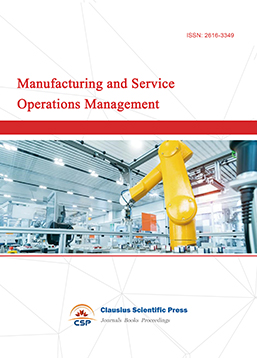
-
Operational Research and Cybernetics


 Download as PDF
Download as PDF